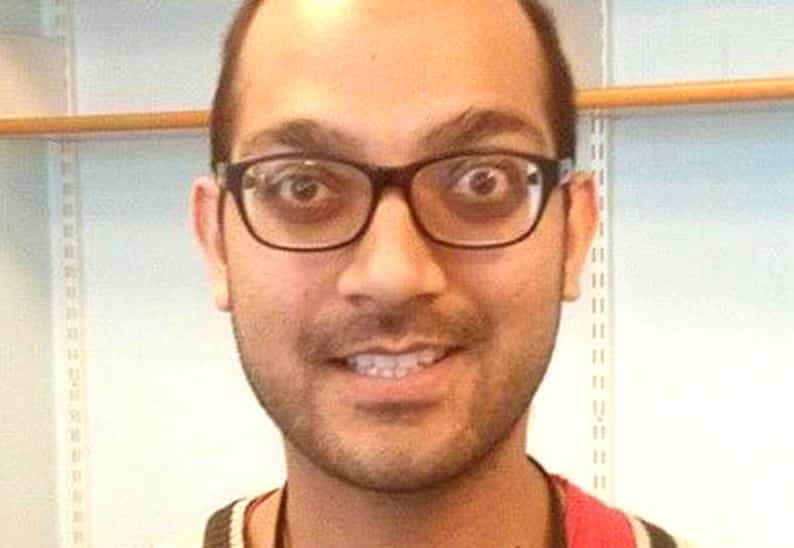Mohit Dalwadi
Cell Freezing Modeller
My Story
My parents are of Indian heritage. My dad was born in Uganda and arrived in the UK in 1972 as a refugee after the expulsion of South Asians from Uganda. My mum was born in India and met my dad while visiting a friend in the UK. They married and settled just outside London, where I was born and grew up.
I have always loved Maths – I think it is an incredibly elegant and satisfying subject. As a teenager, I was diagnosed with cancer, and missed out on a lot of school while I received treatment. Luckily, I made a full recovery and was able to sit my exams on time. After school, given my love of Maths, it was therefore a natural choice for me to study Mathematics for an undergraduate degree, which I did at the University of Oxford. It was only during this time that I really started to understand how fundamental Maths was to understand the world around us – at school, I think I had just liked Maths because I was good at it. My enthusiasm for Maths increased during my undergraduate degree, and so I stayed at the University of Oxford to do a PhD in Applied Mathematics. After this I went to the University of Nottingham for a research position, and I have now returned to Oxford as a Hooke Research Fellow at the Mathematical Institute. I now work on problems with biological and industrial applications.
My research on cell freezing
Part of my research involves using mathematics to model cryopreservation – the long-term preservation of cells and tissue by cooling them to very low temperatures. Cryopreservation has the potential to help protect endangered species, preserve tissue for organ transplants, and improve food security.
Although Captain America was able to survive being frozen for over six decades in the Marvel Universe, we are nowhere near this in real-life. A lot of further research is required in order to preserve anything beyond basic mammalian cells. The major challenge in cryopreservation is to ensure that cells are not damaged during the freezing or thawing processes. One source of damage is ice formation; larger, spikier ice crystals are more likely to rip the cell apart. The size and shape of ice crystals depends on how quickly you cool the mixture you are trying to freeze, and so this is a key factor we need to understand.
Amazingly, some cold-blooded animals are able to naturally survive being frozen. There are certain species of frogs and fish that can survive being frozen overnight. They do this by releasing sugars into their bloodstream, which act as anti-freeze and reduce the ice formation within their bodies.
Humans are trying to develop technology that mimics these frogs by adding cryoprotective agents (CPA) into solutions containing cells they want to freeze. While this does help to reduce ice formation, it comes with its own problems – CPA can be toxic to cells that have not evolved to deal with it.
This means that if we want to try and freeze cells, we have to be very careful about getting the right balance of CPA and cooling rate – there is a delicate balance between the two. As you might imagine, it takes a lot of time and effort to determine this optimal balance through experiments. And just because something works for one type of cell, there is no guarantee that it will work for another.
This is where mathematical modelling can help. I develop models to predict the damage due to ice formation and CPA exposure in cryopreservation. It is much quicker to run simulations of these models than to carry out experiments, and so I can provide quick predictions on what sort of CPA levels and cooling rates biologists should be trying to aim for, given the cell characteristics. One day, I hope that my research can be used to develop new methods of safely freezing organs, such as the heart, so they can be stored for much longer than is currently possible. This would mean that more people could access organ transplant surgery, which would, in turn, extend and save many lives.


